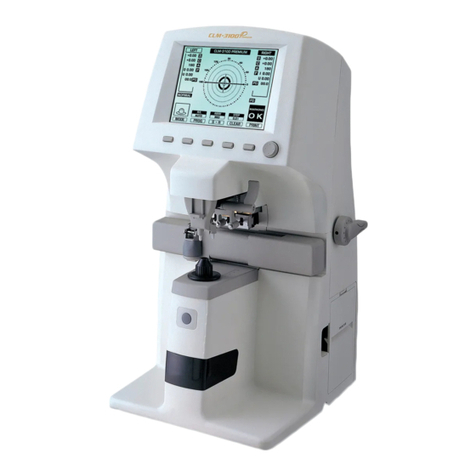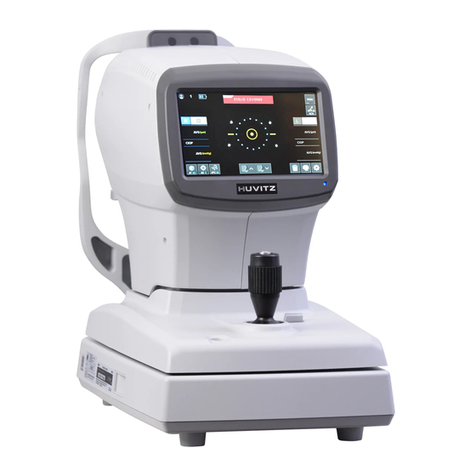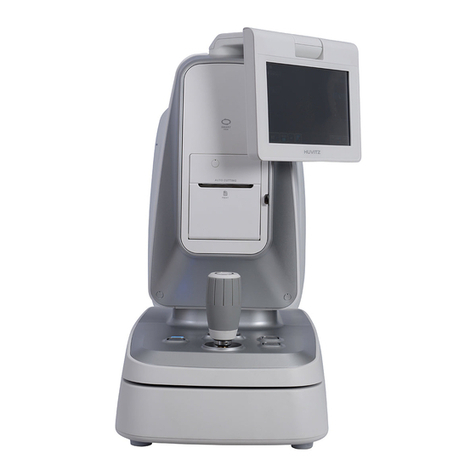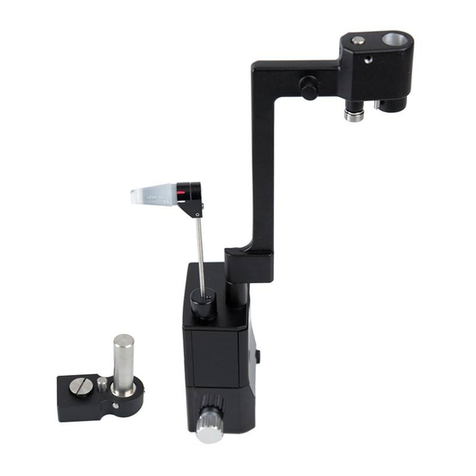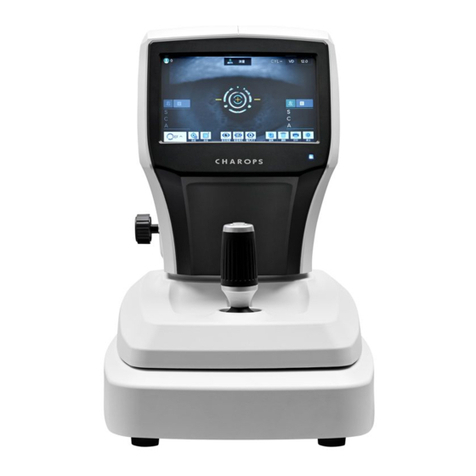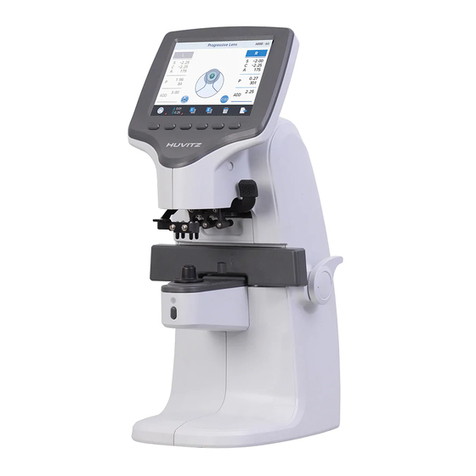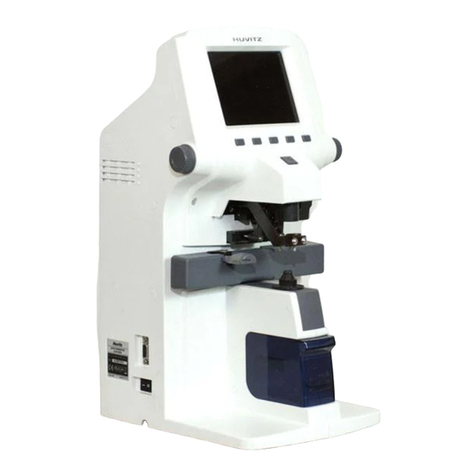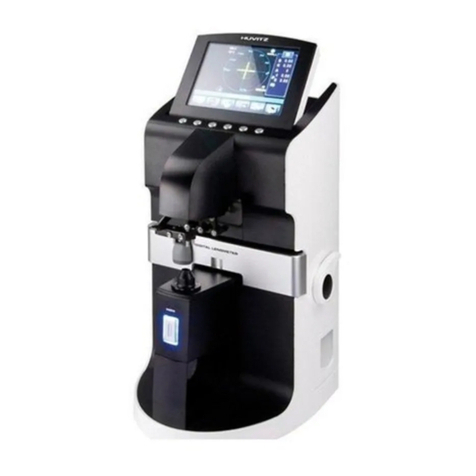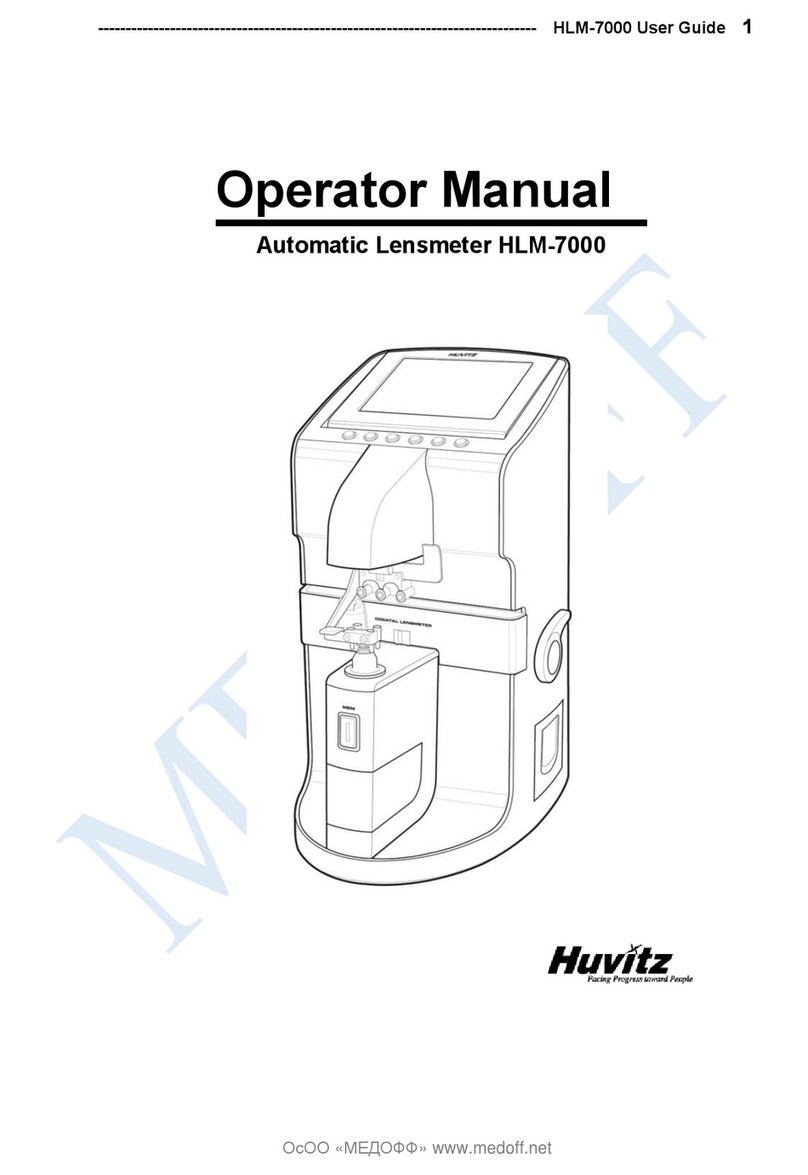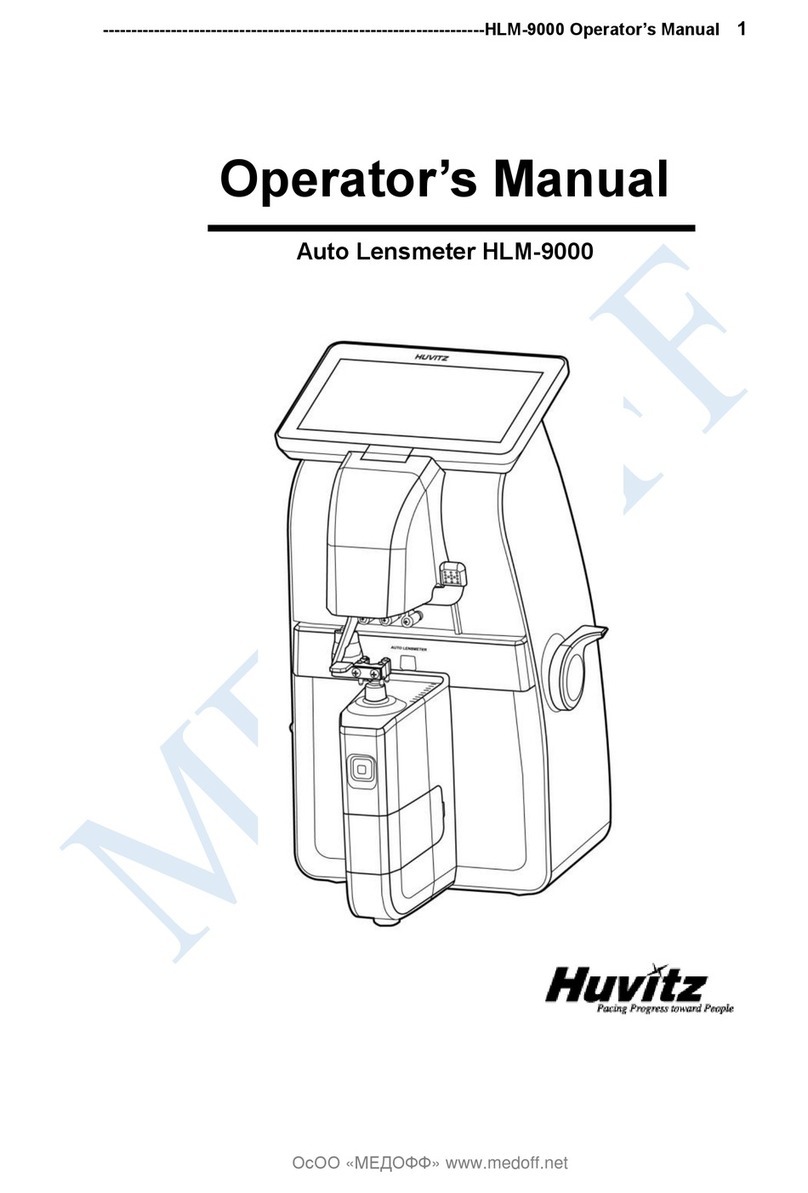INDEX
1. INTRODUCTION......................................................................................................................... 4
1.1. COMPONENTS LIST ............................................................................................................................................4
1.2. REPAIR PROCEDURE............................................................................................................................................6
1.3. CAUTIONS ............................................................................................................................................................7
1.4. SOFTWARE VERSION...........................................................................................................................................7
1.5. OPTICAL SYSTEM ................................................................................................................................................7
1.6. MEASUREMENT PRINCIPLE................................................................................................................................8
2. CHECKING AND SETUP METHOD.......................................................................................... 9
2.1. SETUP ORDER......................................................................................................................................................9
2.2. HOW TO SET ORIGIN...................................................................................................................................... 10
2.3. HOW TO SET 12 STANDARD LENSES............................................................................................................ 11
2.4. HOW TO SET PRISM........................................................................................................................................ 12
2.5. THE CALIBRATION OF THE CYLINDRICAL AXIS.............................................................................................. 13
2.6. DIOPTER SETTING VARIABLES LIST................................................................................................................ 15
2.7. HOW TO CHANGE THE CCD CAMERA ......................................................................................................... 16
2.8. HOW TO CHANGE THE LED ASSEMBLY ....................................................................................................... 18
2.9. HOW TO CHANGE THE PINHOLE HOUSING ................................................................................................ 18
3. REPAIR STANDARD .................................................................................................................... 20
3.1. REMOVING COVER ASSEMBLY....................................................................................................................... 20
3.2. FRAME ASSEMBLELY ........................................................................................................................................ 22
3.3. BACK BONE ASSEMBLY................................................................................................................................... 24
3.3.1 PD BAR SUB-ASSEMBLY .......................................................................................................................... 26
3.3.2 FOOT FRAME SUB-ASSEMBLY.................................................................................................................. 28
3.3.3 PEN FRAME SUB-ASSEMBLY................................................................................................................... 30
3.3.4 PEN SLIDE SUB-ASSEMBLY ..................................................................................................................... 32
3.3.5 PD PINION SUB-ASSEMBLY..................................................................................................................... 34
3.3.6 LED BONE SUB-ASSEMBLY ..................................................................................................................... 36
3.4 LCD ASSEMBLY................................................................................................................................................ 38
3.5 UNDER COVER ASSEMBLY.............................................................................................................................. 40
